This content has been archived. It may no longer be relevant
Books can be both mirrors, reflecting students’ lives, or windows into the lives of others. You know the value of creating an inclusive classroom library, but maybe you’re not sure how to start. Our guest today is Dr. Sheila Frye from Teaching Literacy. She’ll share practical tips for auditing what you have, making informed purchasing choices, and thinking critically about representation.
As we go about our daily teaching, we constantly make nuanced choices that send silent messages to our students. Interactive notebooks say that we value hands-on learning. Integrated technology communicates a desire to be engaging in our instruction.
But what about our books?
I first started taking a deep dive into diversifying curricula and my classroom library about twenty years ago. Back then, there weren’t as many published books featuring people of color in non-stereotypical roles. (And don’t get me started on LGBTQ+ characters!) Today, books like Front Desk, Simon vs. The Homo Sapiens Agenda, and The Hate U Give are available for student immersion in ways that make my heart swell.
Why Does Representation Matter?
Powerful initiatives like #WeNeedDiverseBooks encourage educators to place a broad spectrum of texts in students’ hands. Expert Dr. Gloria Ladson-Billings posits that diverse books serve as both mirrors and windows to the world. Students who see themselves reflected in literature gain a sense of validation that their voices matter. That THEY matter. Diverse books also provide a glimpse into the lives of people who may differ from the reader. From there, empathy grows.
Embracing a more inclusive classroom library/curricula is like getting your mind ready to speak, corralling your thoughts. The next step is like a vocal cord warm up. It involves taking a hard look at how well our intentions match with our reality.
A 2018 national survey published by the School Library Journal found that 34% of school librarians felt that their collection reflects the larger community “closely” or “very closely.” Reading that statistic floored me. Only 34%. That translates into 66% – two-thirds! – who say their collection doesn’t match the backgrounds of the people in the community.
The silence is deafening.
There is a clear need for increasing the number of diverse books in schools to reflect accurately the population served.
Are you looking for inclusive YA book recommendations?
Join the YA Cafe Podcast in our weekly chat
about books on Radio Public.
Examining your own library
1) GOOGLE
Go online and search the demographics of your school. If you can’t find that information, look for the district’s demographics. If you’re at a public or charter school, student demographic data is public information. You should be able to find it easily.
2) NOTE
Write down the data.
Example: Here’s the racial/ethnicity information for NYC as of 9/2019: * 40.5% Latinx * 26.0% Black * 16.1% Asian * 15.0% White
3) REFLECT
-
What does this data tell me?
-
Is this data in line with my perceptions?
-
What, if anything, surprises me about this data?
4) AUDITING YOUR BOOKS
It may sound intimidating, but a book audit is when you take an inventory of your books considering specific characteristics, such as the ethnicity of the protagonist.
You could start your inventory using this helpful tally sheet or by creating your own in Google Sheets or Excel. Including the titles of the books is optional. If you’re feeling overwhelmed, just do the tally marks. The point is to identify whose voices are being represented through the books.
After you’ve gone through your school/class library and/or curricula, total up each column.
Now, sit with your data.
-
What patterns emerged?
-
Whose voices are the loudest? Quietest?
-
How does this data compare with the demographics of your school/community?
-
What gaps do you need to fill? (Remember, books should also be windows.)
These are hard questions. Emotions may arise that may not make us feel too good. Remember that diversifying your library/curricula is important work. We know better. Now we have to do better. It’s time to amplify your students’ voices and let them be heard.
To assist you in this undertaking, I have a list of facilitation questions available for FREE on my TPT store.
Student-Facing Resources/Recommendations
Students can and should take part in the book audit! They should also make recommendations on which diverse titles to add to our growing library/curricula. (It wasn’t until a middle-school student of mine one day pointed out that he was “tired of reading about black people being slaves” in his mainstream classes that I conducted my book audit.) Kids have important things to say. We need to listen to them!
Here are some videos on the necessity of diverse books. Your secondary students could watch these and discuss creating stronger representation in the curriculum. These videos are also helpful for you and your colleagues as you undertake these audits.
6 Quotes from YA Authors on Why #WeNeedDiverseBooks (1:59)
This video from EpicReads highlights a diverse group of well known YA authors. They share how inclusivity in literature (or a lack of it) has impacted them. Plus, you could play this video without the sound and have the same impact.
The Windows and Mirrors of Your Child’s Bookshelf by Grace Lin (12:23)
This is a beautiful and moving TEDx talk from Newbury Book Award-winning children’s author, Grace Lin. “What your child reads sets the path for their own self-worth as well as how they see others… the books that are not on your child’s bookshelf are just as important as those that are.” (From YouTube description)
We Need Diverse Books Campaign (4:11)
Rockstar YA authors such as John Green, Jacqueline Woodson, Marie Lu (and more!) share in their own words why “#WeNeedDiverseBooks”
Mirrors, Windows, and Sliding Doors (1:33)
Some readers will find a mirror in diverse books, others with find a window, or a “sliding glass door” that allows them to see a new POV. This video provides a great reminder that an inclusive classroom library is important for ALL kids.
Tomi Adeyemi on Why She Writes Books Staring Children of Color (1:14)
In this short video Adeyemi, bestselling author of Children of Blood and Bone, shares how a lack of diverse books in her childhood inspired her to feature characters of color in her own writing.
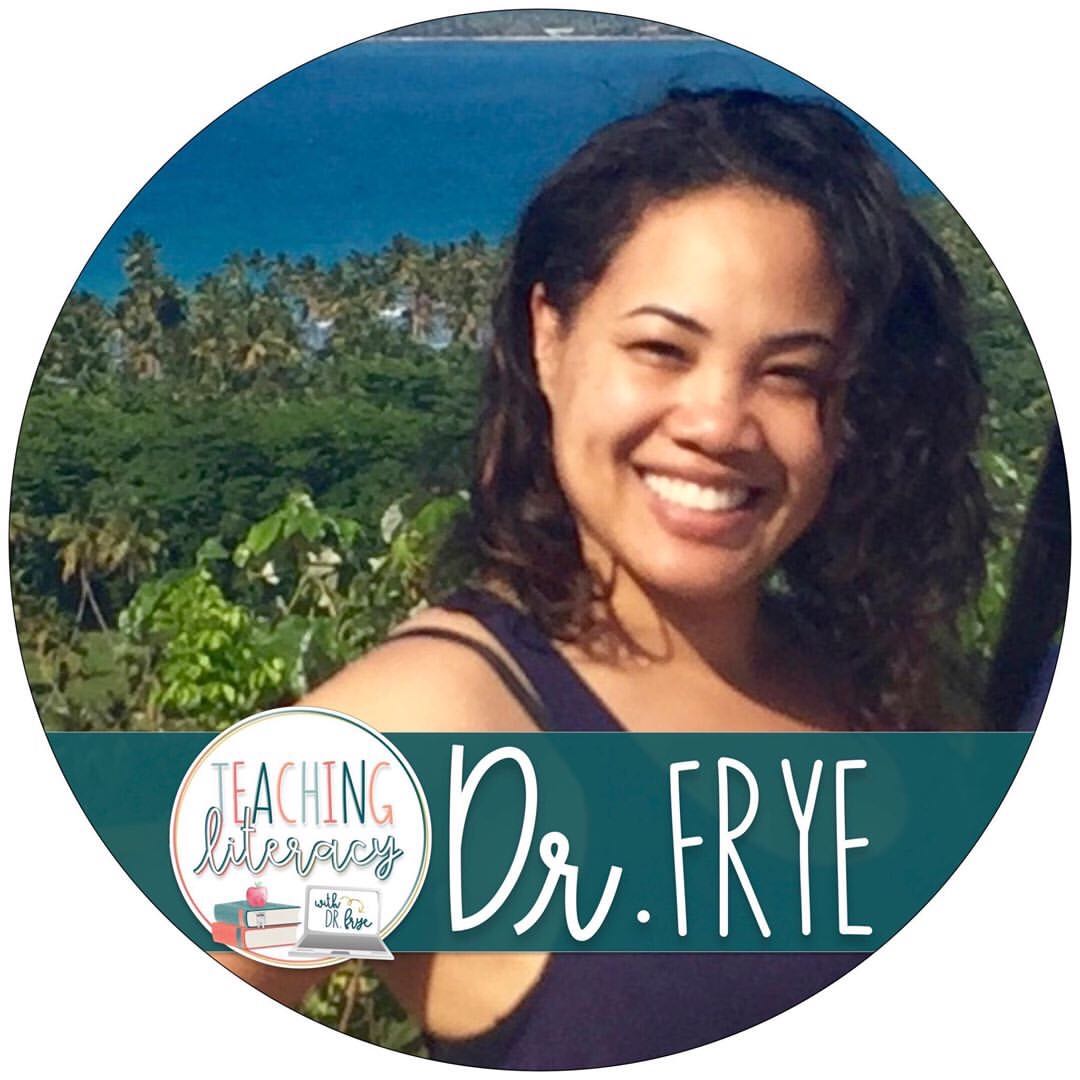
Sign up for our YA Reads Newsletter
for more great recommendations
delivered to your inbox!
Final thoughts
I would like to say a HUGE thank you to Dr. Frye for generously sharing her knowledge and experience. We met for the first time this year at a conference in Austin, TX, and I will never forget how warm and welcoming she was. Sheila truly cares about making a difference for students and lifting up her fellow educators.
I know this might seem like a Herculean undertaking, but we are here to support you! The impact that this will have on students who are feeling left out is huge. Books can change lives, and so can you! If you want recommendations for specific titles, you can find all of my genre recommendation lists in one post. Don’t forget to bookmark it! 🙂
Have you already performed a book survey or audit, or made some conscious steps toward creating a more inclusive classroom library? Are you feeling too overwhelmed to even know where to start? Find me on IG @nouvelle_ela, I would love to hear about your classroom journey!

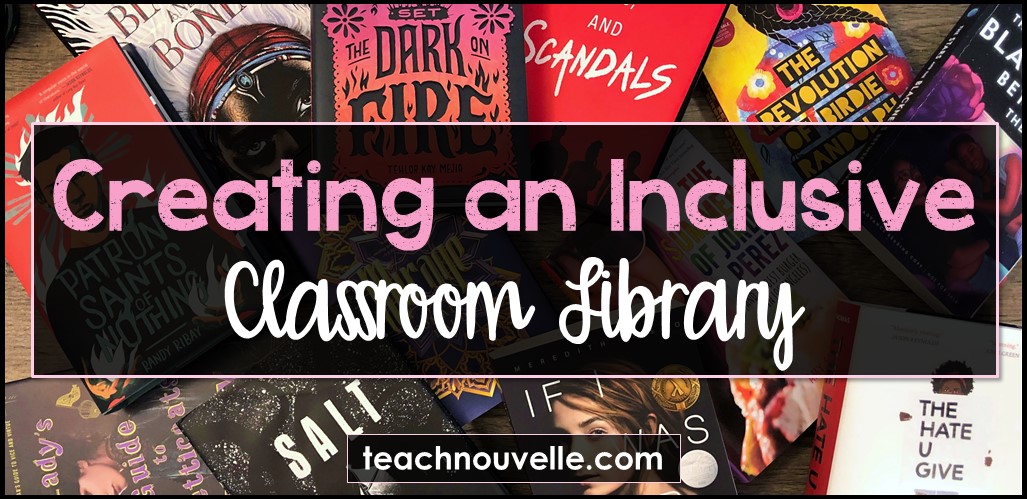
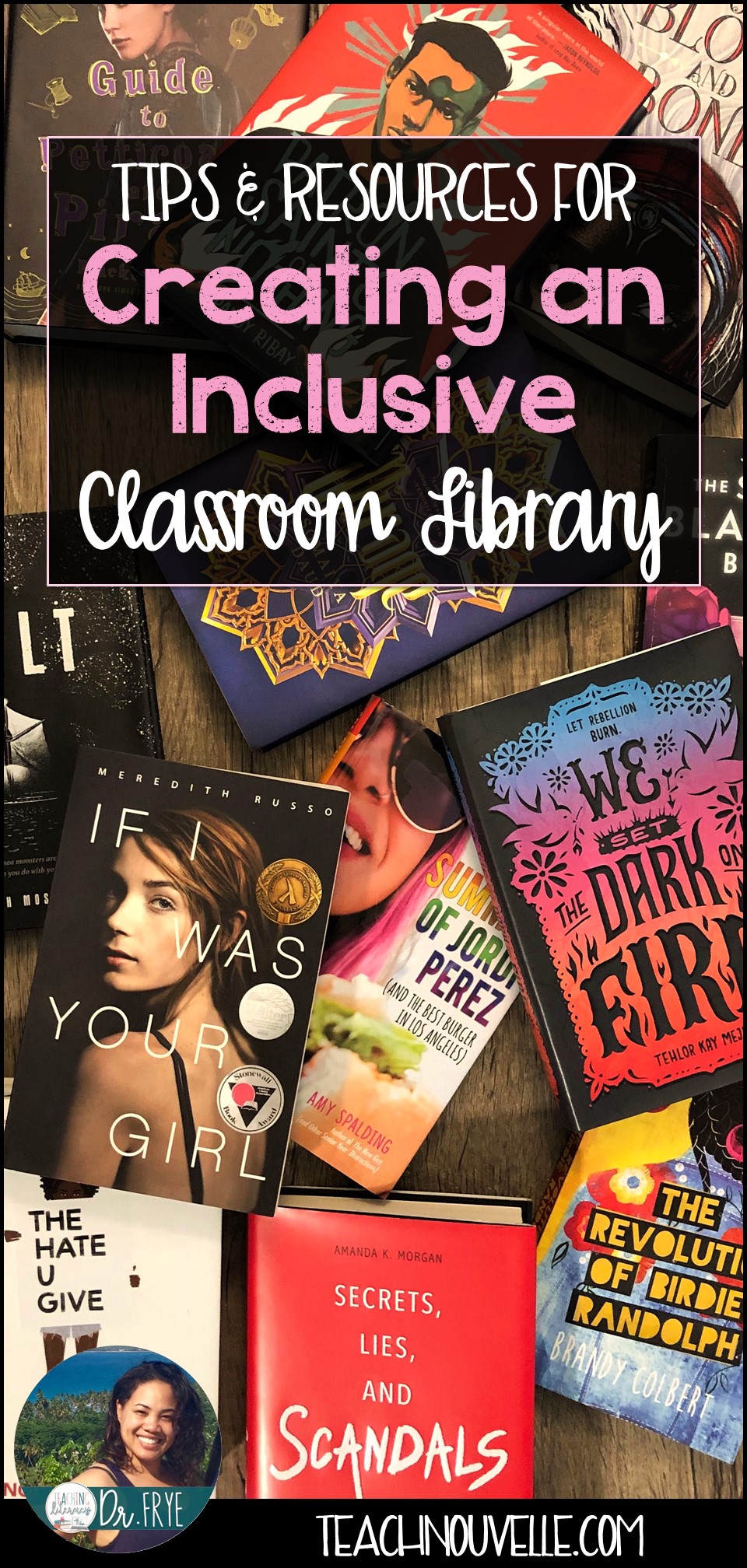
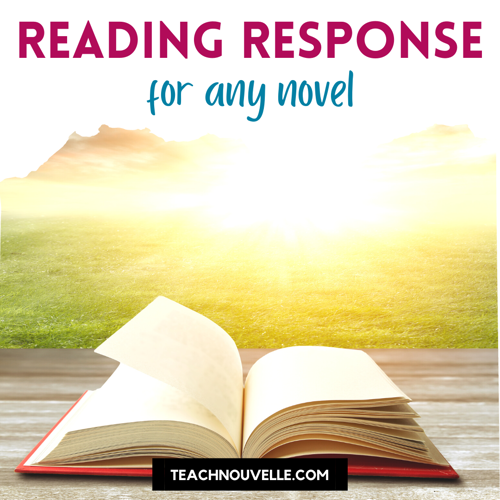
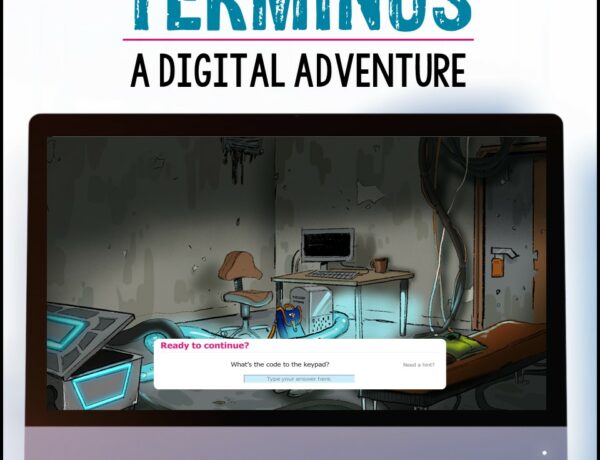
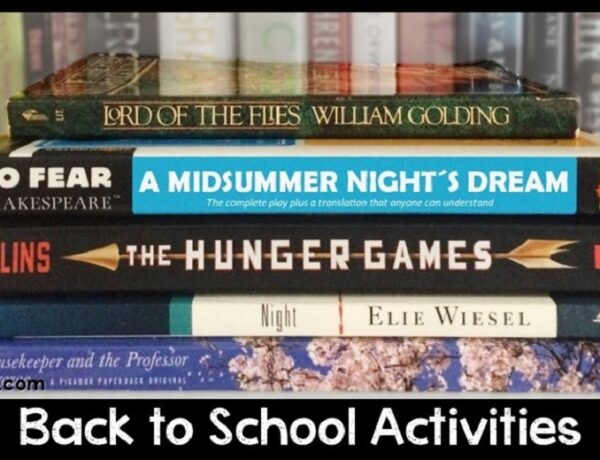
3 Comments
Jayleen
June 2, 2020 at 9:23 amI am including more LGBTQ books in my classroom library. This summer, I am working on labeling by genre. I am wondering if it is a good idea to add a LGBTQ label to those books. On one hand, I want to make sure they are accessible, on the other hand, I worry about them being too easily identified by other students (in case the reader doesn’t want it “known”). What do you recommend?
Danielle Hall
June 2, 2020 at 9:37 amGreat question! I can see the value in labeling and in keeping that label off. I think the most important thing is to protect students, so I like your point about having some students wanting that content hidden from their peers. I love that you’re really thinking this through! Great work!
Danielle Hall
June 2, 2020 at 9:38 amOne more thing — perhaps you can keep your own list of LGBTQ+ books in case a student comes to you specifically wanting those recommendations?